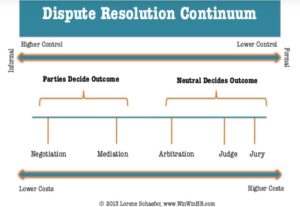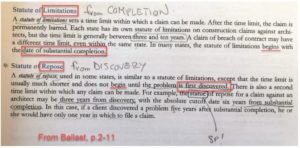By Paul Grana | July 8, 2016
Pop quiz: What happens if you pair 6 kW of modules with a 5-kW inverter? How much energy will be lost due to “clipping?”
We all know that the module rated power can be larger than the inverter rated power (within reason—inverters do have a max input current). But far fewer designers and engineers understand what are the practical limits.
The DC to AC ratio (also known as the Inverter Load Ratio, or “ILR”) is an important parameter when designing a solar project. For example, a 6-kW DC array combined with a 5-kW AC rated inverter would have a DC/AC ratio of 1.2 (6 kW / 5 kW = 1.2). The key driver here is the “clipping loss”: when the DC power feeding an inverter is more than the inverter can handle, the resulting power is “clipped” and lost.
We at Folsom Labs have found that many designers are overly conservative when thinking about DC/AC ratios. Many people think DC/AC ratios of 1.1 are ideal, with 1.2 as slightly aggressive. Instead, design values of 1.2 often result in minimal losses, while a 1.25 or 1.3 value can improve project economics, especially when a project size is constrained by the AC capacity.
Why and how do inverters clip?
Every inverter has a maximum rated power. This is important for two reasons. First, the component ratings of the power electronics in the inverter are often designed with a specific power and voltage range in mind. Second, at the system level, the home’s AC panel (and/or the grid connection point) are designed with a specific max power in mind.
Inverters will generally never output more than their max-rated AC power. During times when the DC input power is too high, the inverter will raise the operating voltage of the modules to pull the array off of its max power point and reduce the DC power.
Why a 20% DC/AC ratio results in minimal clipping losses
Many designs start with an assumption of a maximum 1.2 DC-to-AC ratio (in other words, 20% large module power rating versus the inverter max power rating). This actually keeps losses extremely low, usually under 0.25%. Why is this? Three factors help explain these low losses:
1. Full “standard” conditions (1,000W/m2) are rare.
A module is rated at “Standard Test Conditions” (STC), which is sunlight of 1,000W/m2 (basically noon on a summer day). In practice, systems rarely receive these idealized conditions.

For example, the chart below shows a frequency chart for a solar array in Atlanta facing south at a 15° tilt. Note that the array rarely sees full sunlight. In fact, just 422 hours (9% of the operating hours) see more than 800W/m2 (equivalent to clipping at a 1.25 DC/AC ratio).

2. Temperature losses reduce the high-power times even further.
In addition to the fact that the array rarely gets full sun, there are other system losses between the module surface and the inverter. In particular, temperature losses make a huge difference here: modules are typically hotter than 25ºC, particularly when the array is receiving maximum sunlight. Therefore, the array produces less than the rated power, and it doesn’t reach over-power conditions at the inverter.
Back to the Atlanta example: Let’s look at how often the modules are producing close to their rated power. Note that the top end of the distribution is even thinner because this data also includes the temperature losses, which will be greatest at the times of highest sunlight. This time, there are just 212 hours (4.5% of the operating hours) when the modules are producing over 80% of their rated max power.

3. Production does not go to zero when the DC power is greater than max AC power.
Generally, when an inverter is in over-power mode, it simply means that it will sacrifice the excess power. So even when the actual DC power is 10% over the max AC power, the losses are just 10% for that time.
Looking to the Atlanta example again: For the 212 hours when the modules are producing greater than 80% of rated power (the cutoff point for a 1.25 DC/AC ratio), the average power is just 6.8% over the limit. This effect is even more extreme with residential arrays. Because residential systems are flush-mounted, they run hotter, and therefore the temperature losses are even larger. As a result, the Atlanta system with a 1.25 DC/AC ratio has total clipping losses of just 0.6% for commercial arrays, and 0.1% for residential arrays.
Digging in more: different DC/AC values
Since an ILR of 1.25 in Atlanta represents just 0.1% to 0.6% clipping losses, this raises a question: What would the losses be if we increased DC/AC ratios more dramatically? See below:

Clipping losses are zero for DC/AC ratios of 1.15 in both system types. In commercial arrays (with lower temperature losses), the module power can go up to 365W while still keeping clipping losses under 2%. Finally, residential arrays can go up to 380W with clipping losses under 1%.
Conclusion
The next time someone tells you that a rated DC power is too large for an inverter, check it out for yourself. You may find that when you model the system production, the clipping losses are lower than you expect.

